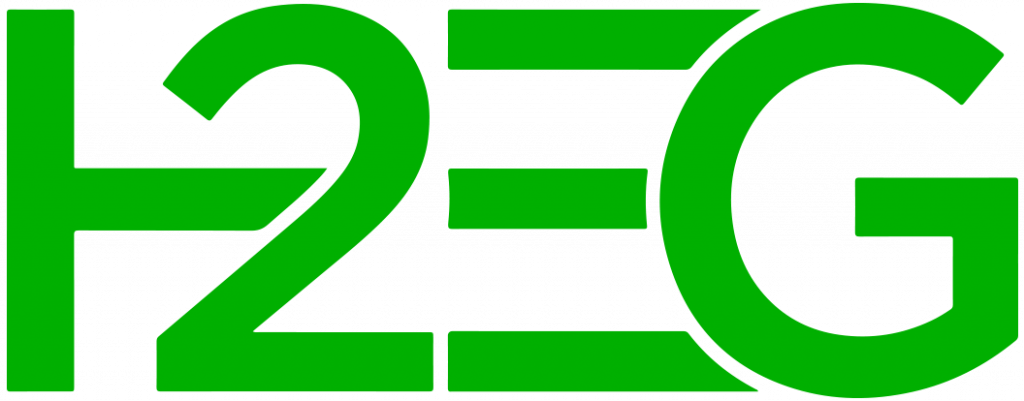
Connecting Barcelona, Spain, with Marseille, France, the subsea pipeline is part of the wider H2Med pipeline network. The operators claimed surveys carried out by independent experts found no major obstacles, allowing the project to advance to its next phase.
The H2Med project partners, which include Enagás, NaTran, OGE, REN, and Teréga, confirmed that BarMar is now scheduled to begin commercial operation in 2032, two years later than previously planned.
In a press statement, H2Med said, “The study found no major physical constraints along the routes, and all identified infrastructure crossings are considered feasible.
“In addition, seabed conditions and terrain do not present critical challenges. The report concludes that the BarMar route under consideration is technically feasible, with all identified challenges manageable through established engineering practices.”
The updated 2032 start date aligns with the neighbouring CelZa pipeline, which Enagás and REN are developing to connect Portugal and Spain.
The subsea BarMar pipeline will serve as the main H2Med interconnector between Spain and France, carrying hydrogen from Spain’s renewables-rich production hubs to industrial demand centres in northern Europe.
Enagás’ hydrogen infrastructure subsidiary will hold 50% of the joint venture, with NaTran owning 33.3% and Teréga 16.7%.
From 2032, the full H2Med network is expected to transport up to two million tonnes of hydrogen per year between Spain, Portugal, France, and Germany.
Never miss a hydrogen headline
Hydrogen moves fast – stay on top of it with our daily and weekly briefings.
- Daily: The top five hydrogen stories, straight to your inbox
- Weekly: The week’s biggest news, features, interviews and analysis
- North American Bulletin: Dedicated coverage of the region’s key hydrogen developments

